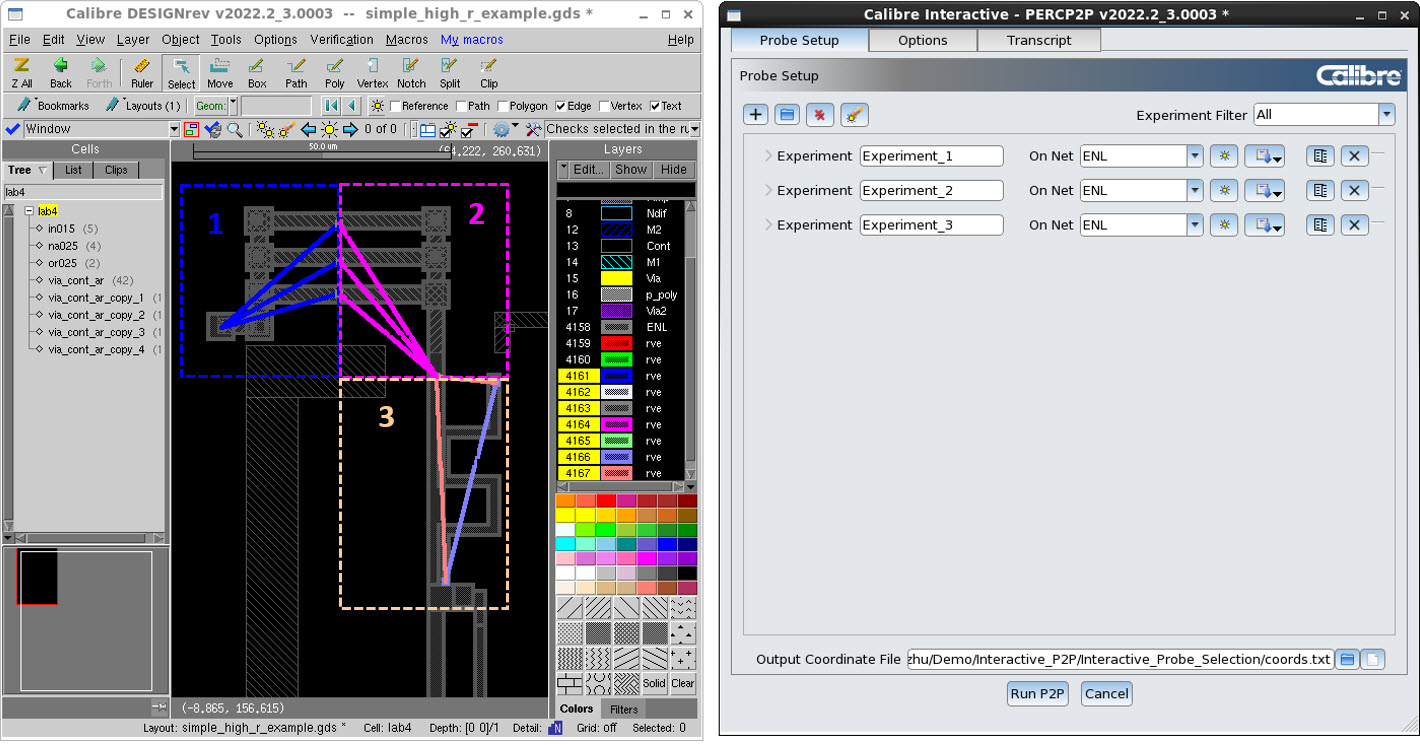GRENOBLE, France – Dec. 16, 2021 – CEA-Leti, a CEA microelectronics research institute, will introduce a smart, integrated multi-sensor system for knee implants at CES 2022 that can help surgeons more accurately position the implant, dramatically reduce risk of follow-up surgery, and enhance rehabilitation.
Called FollowKnee, the patented system integrates a deformation sensor, a pH sensor, a temperature sensor and an accelerometer in a titanium tibial baseplate.
A more accurate implant fitting is achieved via the deformation sensor and accelerometer that guide the surgeon during the operation. In a world’s-first application connecting a pH sensor with living tissue, the system’s pH and temperature sensors detect infection early, while the deformation sensor and accelerometer also trigger an alert if they detect mechanical problems, such as loosening of the implant. Those two devices also enhance rehabilitation by helping physiotherapists adapt therapy for knee-implant recipients.
At Eureka Park booth 60655, Jan. 5-8, CEA-Leti will demonstrate the sensors, electronics, and a reader integrated in a clear acrylic column representing a leg fitted with a complete knee prosthesis. A tablet displays data collected by the sensors.
Developed with CEA-Leti’s deep expertise in sensor and integration technologies, the system also includes the first low-power deformation sensor in a biocompatible system with highly compact electronics powered via inductive coupling.
“Accuracy is vital in knee-implant surgery,” said Dr. Eric Stindel, an orthopedic surgeon at Brest Hospital, France, and a member of the project team. “By integrating the deformation sensor and the accelerometer, this innovative architecture gives both the surgeon and the patient peace of mind for a successful operation and follow-up.”
The technology can be adapted for hip and shoulder replacements.
The Center for Orthopedic & Neurosurgical Care & Research in the U.S. estimates knee-implants will increase by 673 percent by 2030, or 3.5 million operations.
FollowKnee is a project financed by the French ANR program, and brings together 13 partners. More infohttps://followknee.com
About CEA-Leti (France)
技术研究所Leti东航,是aglobal leader in miniaturization technologies enabling smart, energy-efficient and secure solutions for industry. Founded in 1967, CEA-Leti pioneers micro-& nanotechnologies, tailoring differentiating applicative solutions for global companies, SMEs and startups. CEA-Leti tackles critical challenges in healthcare, energy and digital migration. From sensors to data processing and computing solutions, CEA-Leti’s multidisciplinary teams deliver solid expertise, leveraging world-class pre-industrialization facilities. With a staff of more than 1,900, a portfolio of 3,100 patents, 11,000 sq. meters of cleanroom space and a clear IP policy, the institute is based in Grenoble, France, and has offices in Silicon Valley and Tokyo. CEA-Leti has launched 65 startups and is a member of the Carnot Institutes network. Follow us onwww.leti-cea.comand @CEA_Leti.
Technological expertise
CEA has a key role in transferring scientific knowledge and innovation from research to industry. This high-level technological research is carried out in particular in electronic and integrated systems, from microscale to nanoscale. It has a wide range of industrial applications in the fields of transport, health, safety and telecommunications, contributing to the creation of high-quality and competitive products.
For more information:https://www.leti-cea.com/cea-tech/leti/english





